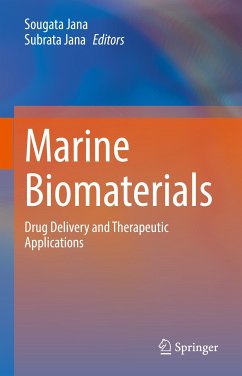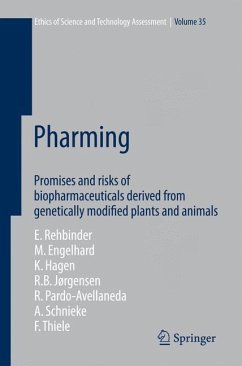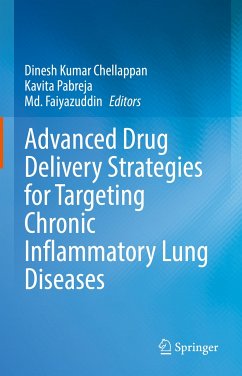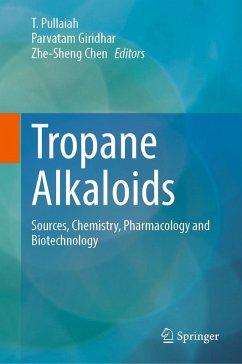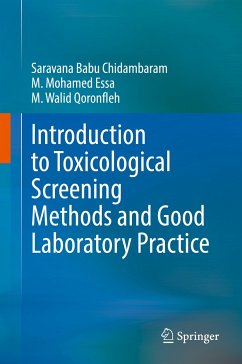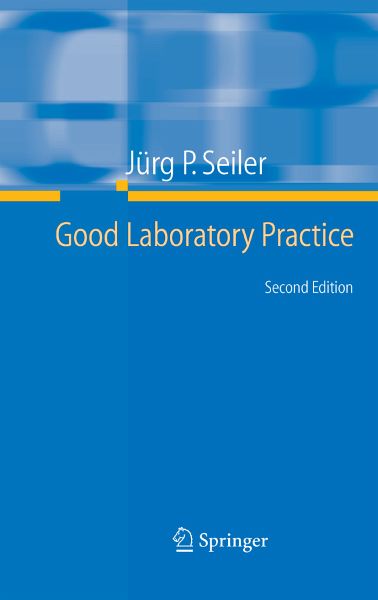
Good Laboratory Practice (eBook, PDF)
the Why and the How
Versandkostenfrei!
Sofort per Download lieferbar
128,95 €
inkl. MwSt.
Weitere Ausgaben:

PAYBACK Punkte
64 °P sammeln!
After more than twenty years of use Good Laboratory Practice, or GLP, has attained a secure place in the world of testing chemicals and other "test items" with regard to their safety for humans and the environment. Gone are the days when the GLP regulations were hotly debated amongst scientists in academia and industry and were accused of stifling flexibility in, imaginative approaches to, and science-based conduct of, all kinds of studies concerned with toxic effects and other parameters important for the evaluation and assessment of products submitted for registration and permission to marke...
After more than twenty years of use Good Laboratory Practice, or GLP, has attained a secure place in the world of testing chemicals and other "test items" with regard to their safety for humans and the environment. Gone are the days when the GLP regulations were hotly debated amongst scientists in academia and industry and were accused of stifling flexibility in, imaginative approaches to, and science-based conduct of, all kinds of studies concerned with toxic effects and other parameters important for the evaluation and assessment of products submitted for registration and permission to market. The GLP regulations have developed from rules on how to exactly document the planning, conduct and reporting of toxicity studies to a quality system for the management of a multitude of study types, from the simple determination of a physical/chemical parameter to the most complex field studies or ecotoxicology studies. At the same time the term "Good Laboratory Practice" has become somewhat ofa slogan with the aim to characterise any reliably conducted laboratory work.
Dieser Download kann aus rechtlichen Gründen nur mit Rechnungsadresse in A, B, BG, CY, CZ, D, DK, EW, E, FIN, F, GR, HR, H, IRL, I, LT, L, LR, M, NL, PL, P, R, S, SLO, SK ausgeliefert werden.



